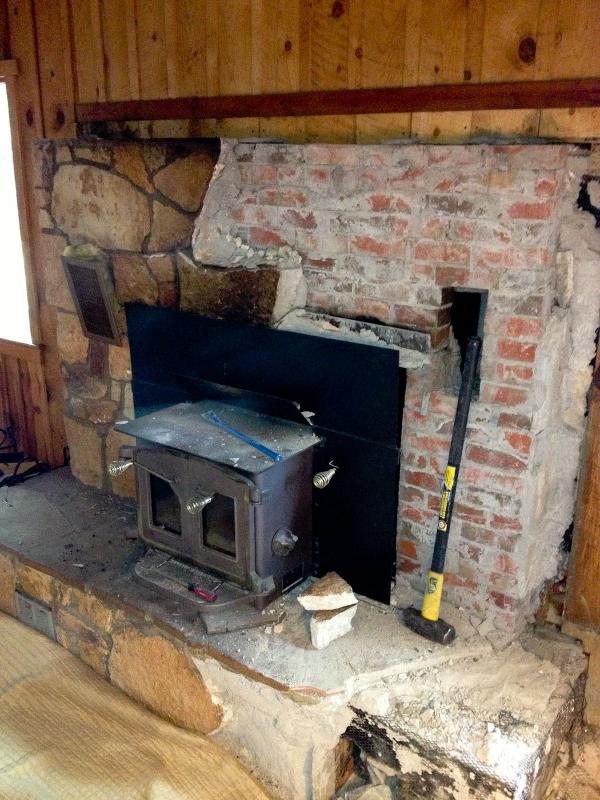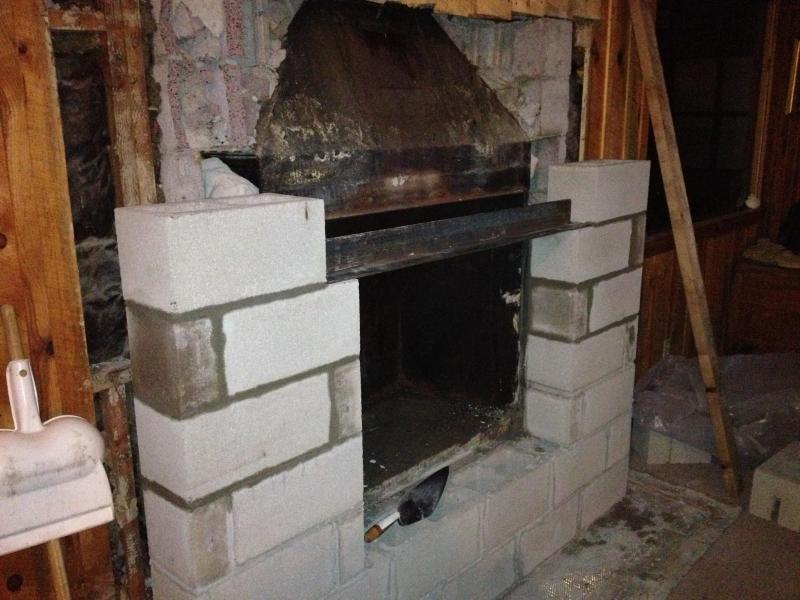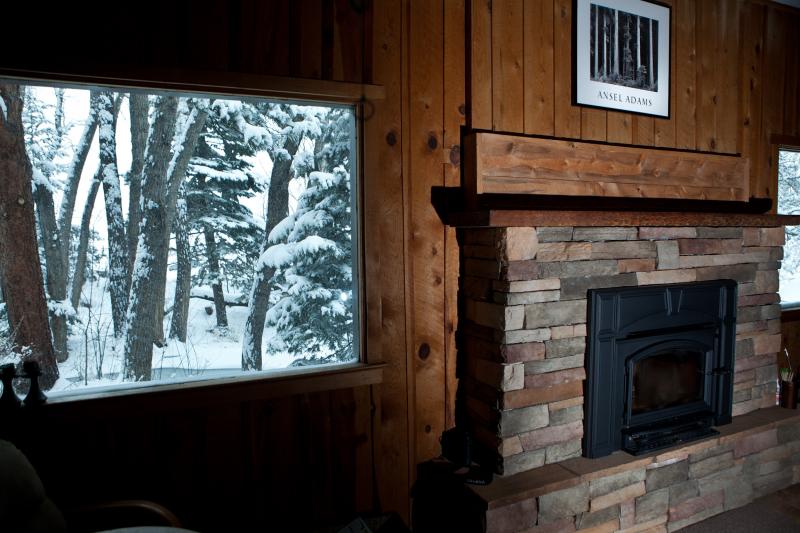The install is fairly straight forward. I bought a LG Mini Split 1800 btu unit. I dont think you can go wrong on any of the popular brand names.
LS181HSV3 - LG LS181HSV3 - 18,200 BTU Ductless 20.5 SEER 1-Zone Conditioner/Inverter Heat Pump Package
Key things to note on the system. The outside unit comes with a precharge of refrigerant to allow for a 25' lineset (tubing) to be used. If your installation requires longer, you will need to figure out how to charge the system with more refrigerant. I was able to use a 25' lineset, so no extra coolant reqd.
1st step, mount outside unit. I mounted it to the wall of the house. you can mount to a concrete pad, but after seeing how much condesation flows out the bottom, i would mount it a minimum of 12" off the ground. This will help in winter months when ice can form underneath.
Step 2: Mount inside unit. Find a location in your house that the unit can throw air most efficiently to the majority of the space. Also, keep in mind that you need to route a copper lineset that has to travel to the outside unit. Thats the strategic part of the Project. Requires drilling a 3" hole in the wall to route the lineset through.
Step 3: Run the copper lineset. The copper lineset is pliable copper tubing that is insulated. It is shipped to you coiled up, and you have to uncoil as you route to your inside/outside destination. Connect your premade flared fittings onto your inside and outside unit.
Step 4: Hook up your wiring. My system reqd 220v 20amp circuit. I wired an outside service disconnect box, and put a 220/20 amp breaker in my main house panel. Fairly straight forward wiring to the outside unit. Next was to wire the communication/power wire from the outside unit to the inside unit. This required a 14g/4 stranded wire.
Step 5: Now the critical part (evacuation). You need to use a vacuum pump and a micron guage to do this. A buddy and I went in together and bought the equipment that ran about $300. You hook up the vacuum pump to the service port of the outdoor unit. You pull vacuum until you read a minimum vacuum of 500 microns or less. This step took me 45 minutes to achieve. Do not do this step without the micron guage. You need to make sure to get all air out of line. Once 500 or less microns is achieved, shut all valves of vacuum lines and watch micron guage to check for leaks. Once you are convinced no leaks, you turn the Allen wrench in the service unit to introduce refrigerant into lineset. I did a second leak check by blurping 5 seconds of refregerant into the linset, then checked all my connections with bubble leak check fluid. After check is done, release the rest of the refrigerant into lineset. Your charging is done!!!
Step 6: Go turn on the system with your remote.
Impressions of the Ductless-------AMAZING. The heat output at outside temperatures above 32 degrees (thats the lowest outside temp ive seen so far) Is very comfortable. I can maintain 72 degrees in my house with no problem, and the Inverter Technology figures out the heat required to keep house at your particular set point, and slows or speeds up the compressor motor on the outside unit to compensate. The unit is always on, and throws out exactly the amount of heat to match the heat loss of your house. The benefit of this is, there is no on/off cycling like standard household heating units.
Ductless may not be for everybody. In climates that are sub zero, the efficiency goes way down. Also, if you have a house that is very compartmentalized, it may not work so well to heat the cubby hole rooms. I dont have any experience in multiple head units.
Summary, I love my new heating/cooling unit






